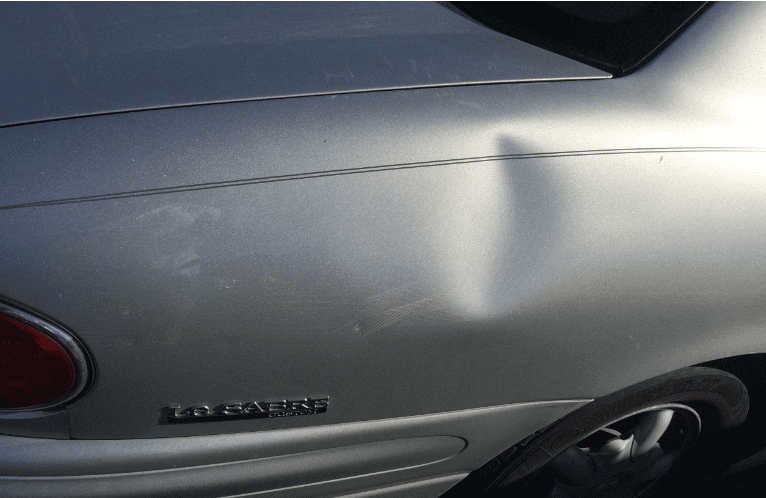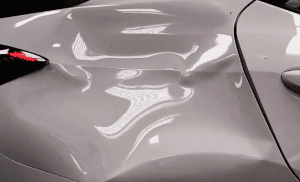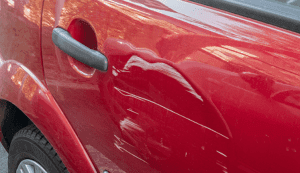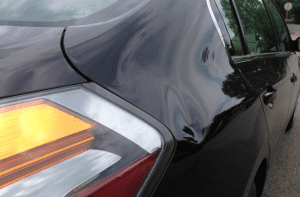In the realm of automotive aesthetics, the frustration of discovering a minor dent on your beloved vehicle is not uncommon. Whether it’s the result of a rogue shopping cart or an unexpected encounter with a stray pebble, minor dents can be an eyesore. Minor dent repair has become a crucial aspect of vehicle maintenance, and understanding the nuances of this process is essential for preserving the pristine appearance of your car.
The Significance of Minor Dent Repair
Preserving Aesthetics
Minor dent repair is more than just fixing a blemish on your vehicle’s surface; it’s about preserving the aesthetics that make your car a source of pride. A flawless exterior not only enhances your vehicle’s resale value but also contributes to a positive driving experience.
Preventing Further Damage
What may seem like a small dent at first can lead to more significant issues if neglected. Leaving a minor dent unrepaired exposes your vehicle to the elements, potentially causing rust and corrosion. By addressing the issue promptly, you not only restore your car’s appearance but also prevent long-term damage.
Car Door Dent Repair Cost: Factors, Considerations, and Options
Types Of Minor Dent Repair
Minor dent repair refers to the process of fixing small dents or dings on a vehicle’s body, typically caused by parking lot mishaps, hailstorms, or other minor accidents. This type of repair is commonly performed without the need for extensive bodywork or repainting, making it a cost-effective and efficient solution for restoring a car’s appearance.
There are various techniques employed in minor dent repair, and the choice of method often depends on the size, location, and type of dent. Here are some common approaches:
- Paintless Dent Repair (PDR):
- PDR is a popular and non-intrusive method used to fix minor dents without the need for repainting.
- Skilled technicians use specialized tools to carefully massage and reshape the metal from the inside, gradually restoring the damaged area to its original form.
- This technique is particularly effective for small dings, hail damage, and minor creases.
- Dent Pulling:
- For slightly larger dents that cannot be addressed with PDR, dent pulling may be employed.
- This method involves using a dent puller or suction device to pull the dent outward, gradually straightening the affected area.
- Heat may be applied to facilitate the process, but it is crucial to avoid damaging the paint.
- Body Filler:
- In cases where the dent is too deep or extensive for PDR or dent pulling, body filler can be used.
- After cleaning and preparing the damaged area, a filler material is applied to fill the dent and create a smooth surface.
- Once the filler is cured, the repaired area is sanded and painted to match the vehicle’s finish.
- DIY Dent Repair Kits:
- There are also do-it-yourself dent repair kits available on the market that cater to small dents.
- These kits typically include tools like dent pullers, suction cups, and adhesive tabs that allow car owners to attempt minor dent repairs on their own.
- However, success with these kits often depends on the individual’s skill level and the nature of the dent.
The Ultimate Guide to Large Dent Repair Costs: A Comprehensive Breakdown
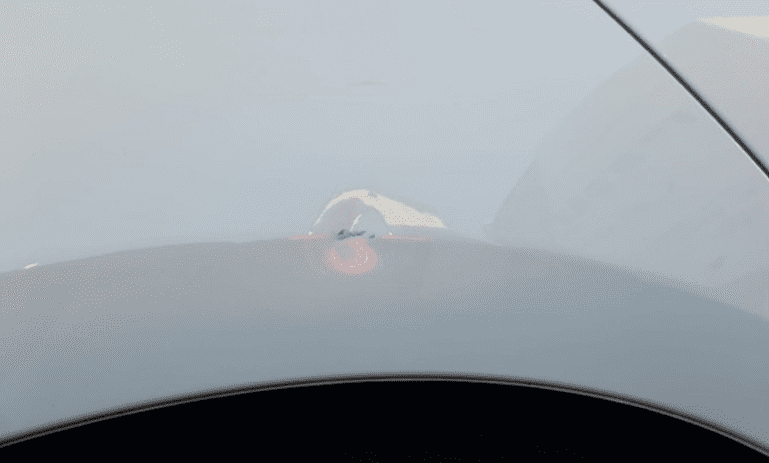
Minor Dent Repair in Houston TX
In Houston, TX, minor dent repair services cater to the bustling urban lifestyle, addressing the inevitable dings and dents incurred in city driving. Professional technicians in the area specialize in swift and efficient solutions, employing techniques like Paintless Dent Repair (PDR) to restore vehicles to their pristine condition.
Whether it’s a small parking lot ding or the aftermath of a hailstorm, Houston’s minor dent repair services offer residents a convenient and cost-effective way to maintain the aesthetic appeal of their vehicles. Timely and expert attention ensures that minor dents don’t compromise the overall appearance and value of cars in this vibrant Texan city.
DIY Techniques for Minor Dent Repair
Boiling Water Method
One DIY technique for minor dent repair involves using boiling water. Pouring hot water over the dented area and then using a plunger to gently pop the dent back into place can be surprisingly effective.
Hair Dryer and Compressed Air
Another ingenious method is the hair dryer and compressed air approach. By heating the dent with a hair dryer and then quickly cooling it with compressed air, the metal contracts, often causing the dent to pop out.
Professional Solutions for Minor Dent Repair
While DIY methods may work for some, professional solutions provide a higher level of precision and effectiveness.
Paintless Dent Repair (PDR)
Paintless Dent Repair is a cutting-edge technique that involves manipulating the metal back into its original shape without the need for repainting. This method is not only efficient but also preserves the vehicle’s factory finish.
Dent Removal Services
Dent removal services, offered by skilled technicians, utilize specialized tools and techniques to restore your vehicle’s surface seamlessly. These professionals assess the damage and implement tailored solutions for a flawless finish.
call us at (713)243-3535 for professional dent repair
Choosing the Right Approach for Your Minor Dent
Assessing the Severity
Before diving into any repair method, it’s crucial to assess the severity of the dent. Minor dents may respond well to DIY techniques, while more substantial damage might require the expertise of a professional.
Cost Considerations
DIY methods are often cost-effective, but they come with a trade-off: they may not achieve the same level of precision as professional services. Considering your budget and the extent of the damage will help you make an informed decision.
Affordable Dent Repair Near Me: cost-effective options for dent repair
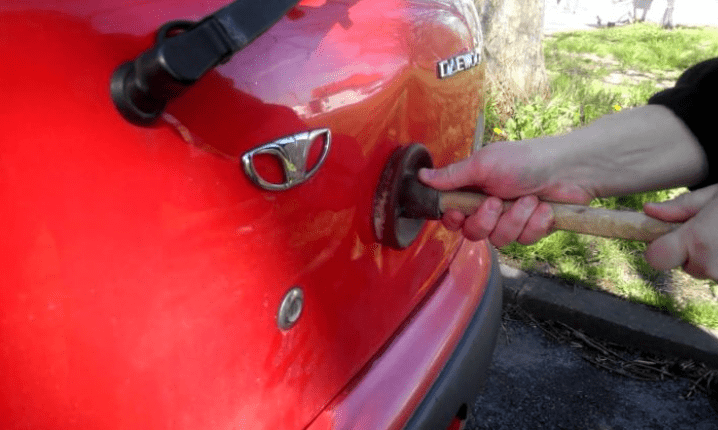
Outranking the Competition in Minor Dent Repair
In the vast ocean of online information, it’s essential to find a reliable source for minor dent repair guidance. The website you provided serves as a valuable resource, but we aim to offer an even more comprehensive guide to minor dent repair.
Unveiling Advanced Techniques
Our guide goes beyond the basics, delving into advanced techniques for minor dent repair. From cutting-edge tools to innovative methods, we strive to be at the forefront of the industry, providing our readers with the latest insights.
Real-World Case Studies
To add a touch of authenticity, our guide incorporates real-world case studies. By sharing success stories of minor dent repairs, we inspire confidence in our readers, showcasing the effectiveness of the techniques we recommend.
Conclusion Minor Dent Repair
In the world of minor dent repair, precision and detail matter. Whether you opt for a DIY solution or seek professional assistance, addressing minor dents promptly is key to preserving your vehicle’s aesthetics. Our comprehensive guide aims to be your go-to resource for all things related to minor dent repair, offering insights, techniques, and real-world examples to empower you in maintaining the pristine appearance of your cherished vehicle.


